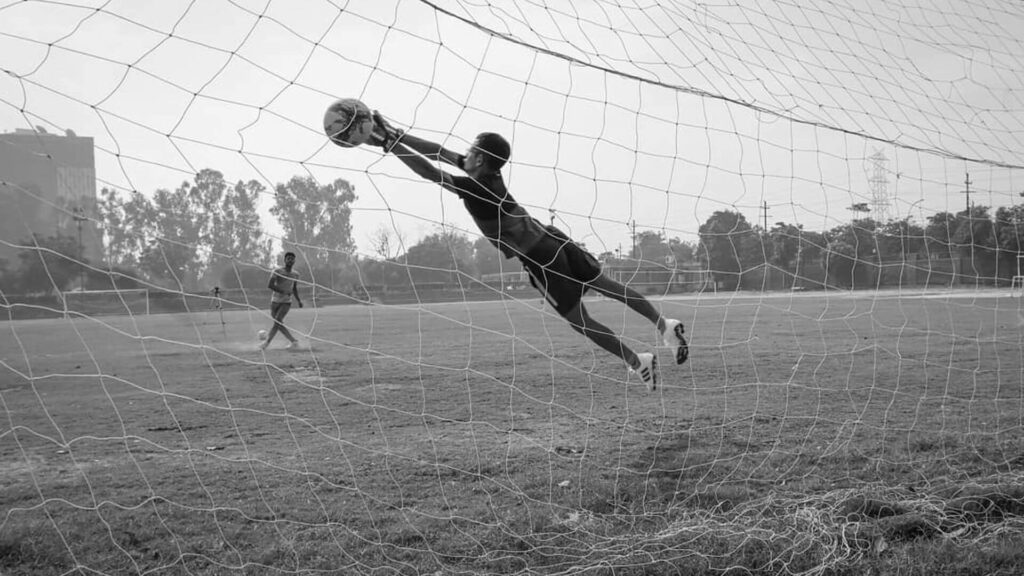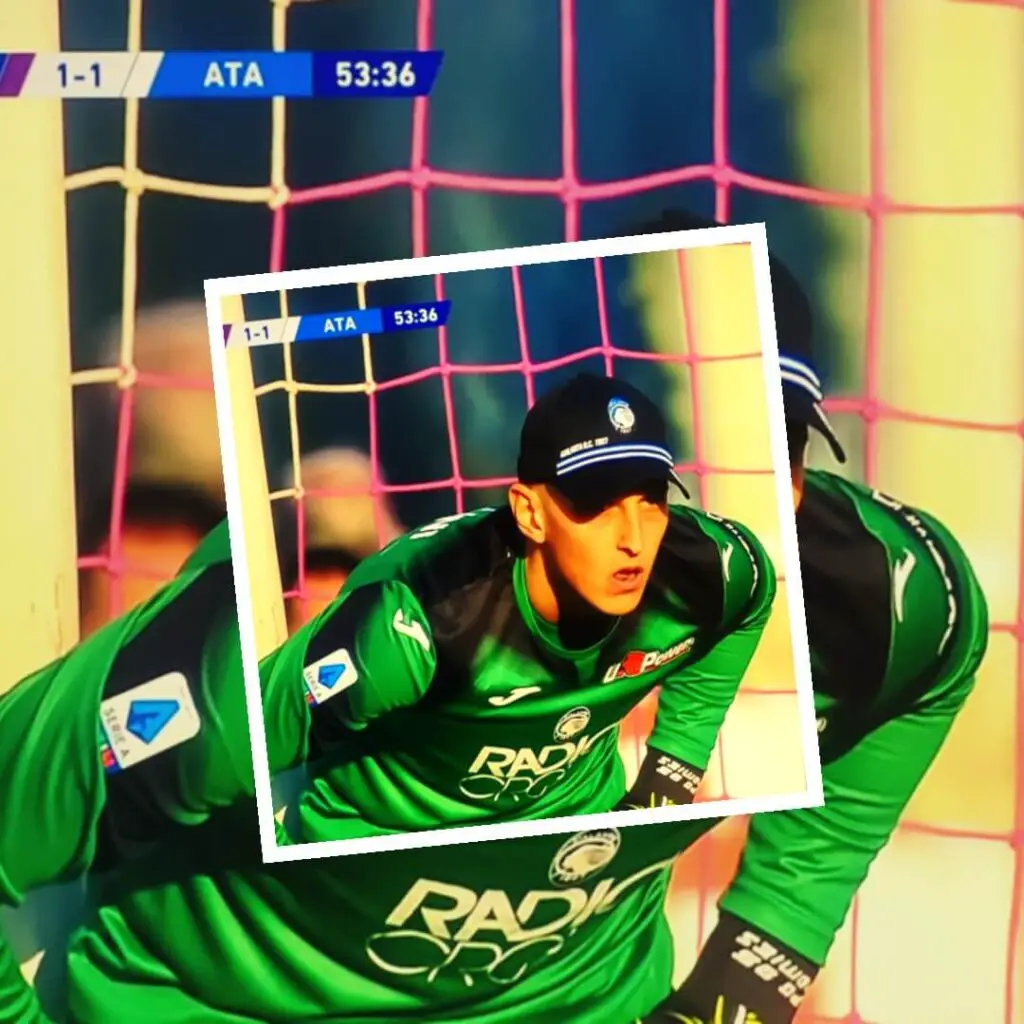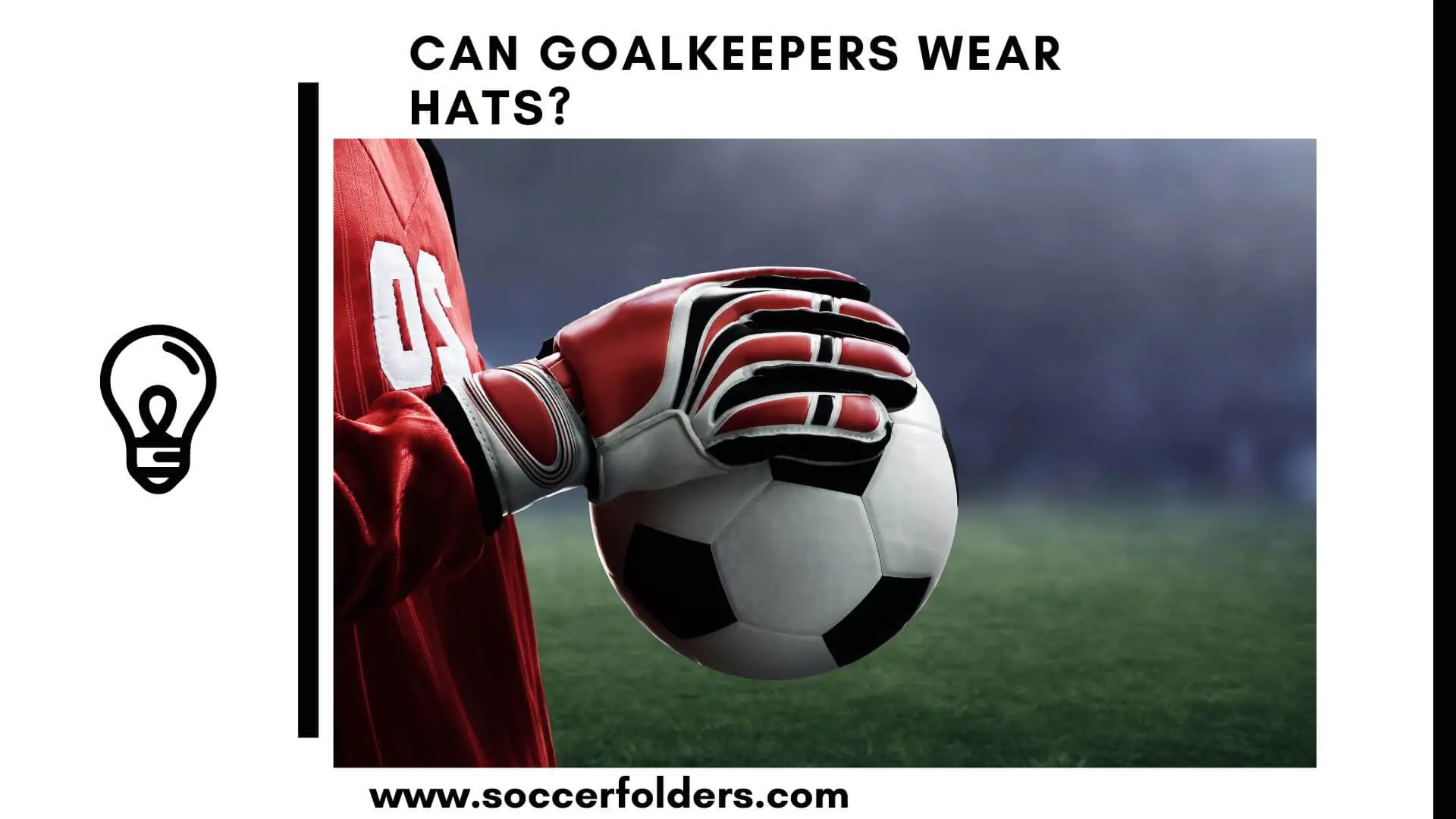As a soccer or football fan, you may have seen goalkeepers wearing different kinds of gear, including gloves, padded shirts, and even face masks. But have you ever wondered if goalkeepers can wear hats? The short answer is yes, they can.
However, there are a few things to consider before donning a hat on the pitch.
In this article, we’ll explore the topic in detail, covering safety concerns, rules and regulations, and practical considerations.
Let’s get started.
Can Goalkeepers Wear Hats?
Yes, soccer goalkeepers are allowed to wear hats based on their personal preferences and the discretion of the referee. As long as the hat meets safety and fairness standards, there should be no issue with a goalkeeper wearing one.
Why do Goalkeepers Wear Hats?
Reasons why goalkeepers may choose to wear hats:
- Protection from the sun, wind, or rain.
- Prevention of sweat from getting into the goalkeeper’s eyes.
- Improved visibility on the pitch.
- Personal or stylistic reasons, to showcase individuality or add a unique touch to the uniform.
1. Protection from the Sun, Wind, or Rain

Goalkeepers wear hats for protection from the sun, wind, or rain. The sun can be particularly harsh during outdoor matches, especially during summer months, and can lead to sunburn or heatstroke.
Wearing a hat can help shade the goalkeeper’s head and face from the sun and prevent sunburn.
Similarly, windy or rainy conditions can be challenging for goalkeepers, and wearing a hat can provide some protection from the elements and help keep the goalkeeper dry.
2. Prevention of sweat from getting into the goalkeeper’s eyes
In addition to protection from the elements, hats can also help prevent sweat from getting into the goalkeeper’s eyes.
Goalkeepers are often required to make quick and precise movements on the pitch, and sweat dripping into their eyes can be distracting and potentially dangerous.
So, wearing a hat can help absorb sweat and prevent it from reaching the goalkeeper’s eyes, allowing them to focus on the game.
3. Improved visibility on the pitch

Improved visibility on the pitch is another reason why goalkeepers may wear hats. Brightly-coloured hats can help goalkeepers stand out on the pitch and make it easier for their teammates to spot them, particularly in crowded or chaotic situations.
Additionally, hats can help reduce glare and improve visibility by shading the goalkeeper’s eyes from the sun.
4. Personal or stylistic reasons
Some goalkeepers may choose to wear hats for personal or stylistic reasons.
For example, they may wear hats that match their team’s colours or feature their unique designs or logos.
This can help showcase their individuality and add a personal touch to their uniform.
==>>You can also read why do goalies wear different uniform?
Why are Goalkeepers Allowed to Wear Hats on the Pitch?
Goalkeepers are allowed to wear hats because there are no specific rules or regulations that prohibit them from doing so.
Factors to consider before wearing a hat in a game
Safety Concerns
Before discussing whether goalkeepers can wear hats, we need to consider the safety implications of doing so.
As a goalkeeper, you are responsible for not only your safety but also the safety of the other players on the pitch.
If you wear a hat that has any hard or sharp parts, it could potentially cause injury to another player.
Therefore, it’s recommended that goalkeepers wear soft, flexible hats without any protruding parts.
Another safety concern is that the hat could fall off during play, potentially causing a distraction or obstruction to other players. This is especially true if the hat is loose-fitting or not secured properly.
So, if you decide to wear a hat, make sure that it fits snugly and securely to minimize the risk of it falling off.
Rules and Regulations
In soccer or football, there are no specific rules or regulations regarding goalkeepers wearing hats.
However, the referee has the final say on whether a goalkeeper’s gear is safe and fair.
The referee may decide that a hat with a wide brim, for example, provides an unfair advantage to the goalkeeper by obstructing the view of opposing players or the referee.
As such, it’s important to ensure that any hat you wear meets safety and fairness standards.
Read the IFAB official rules and regulations to learn more.
Practical Considerations
Aside from safety and rules considerations, there are also practical factors to take into account when deciding whether to wear a hat as a goalkeeper.
For example, if you’re playing in hot or sunny conditions, a hat can help to shield your face from the sun and keep you cool.
On the other hand, if you’re playing in wet or rainy conditions, a hat could become soaked and heavy, making it uncomfortable to wear.
Another practical consideration is how the hat might affect your performance on the pitch. If the hat is too heavy or bulky, it could restrict your movement or make it more difficult to jump or dive.
Conversely, if the hat is too light or flimsy, it may not provide adequate protection or be durable enough to withstand the rigours of the game.
Ultimately, whether or not to wear a hat as a goalkeeper is a personal choice.
Some goalkeepers prefer to wear hats for practical or stylistic reasons, while others prefer to play without them. As long as the hat is safe, fair, and does not interfere with your performance or the performance of other players, there should be no issue with wearing one.
Why is it important for goalkeepers to wear a hat during training before wearing it in a game
Firstly, wearing a hat during training can help the goalkeeper get used to the feel and fit of the hat. Goalkeepers need to be comfortable and confident with their equipment on the pitch, and wearing a hat during training can help them adjust to the added weight and bulk of the hat. This can help prevent any discomfort or distraction during an actual match.
Secondly, wearing a hat during training can help the goalkeeper assess the performance and effectiveness of the hat. Different hats may offer varying levels of protection, visibility, and comfort, and goalkeepers need to find a hat that meets their specific needs and preferences. By wearing a hat during training, the goalkeeper can evaluate its performance and make any necessary adjustments or changes before using it in a match.
Finally, wearing a hat during training can help the goalkeeper practice their technique and movements while wearing the hat. Wearing a hat can affect the goalkeeper’s balance, agility, and range of motion, and practising with the hat can help them develop the necessary skills and strategies to compensate for any limitations or challenges posed by the hat.
Final Thoughts
Soccer goalkeepers can wear hats, but there are several factors to consider before doing so.
Safety should be the top priority, and any hat worn on the pitch should be soft, flexible, and secure.
Additionally, the hat should not provide an unfair advantage to the goalkeeper or interfere with the performance of other players.
Finally, practical considerations such as weather conditions, weight, and durability should also be taken into account.
As long as these factors are considered, there should be no issue with goalkeepers wearing hats on the pitch.
Hope you have gained value from this article.
You can also read why goalkeepers wear gloves here.


